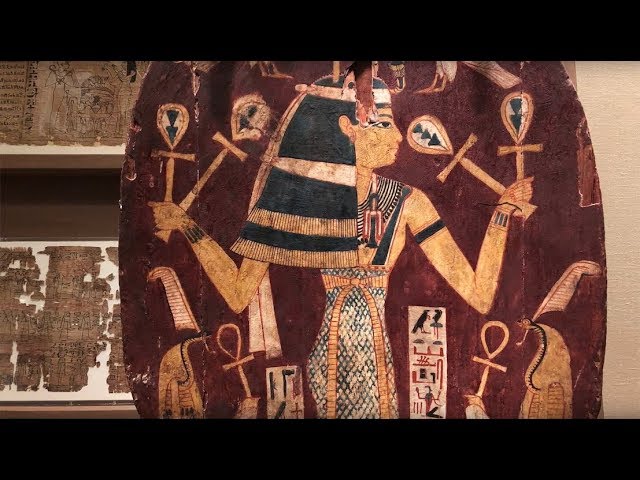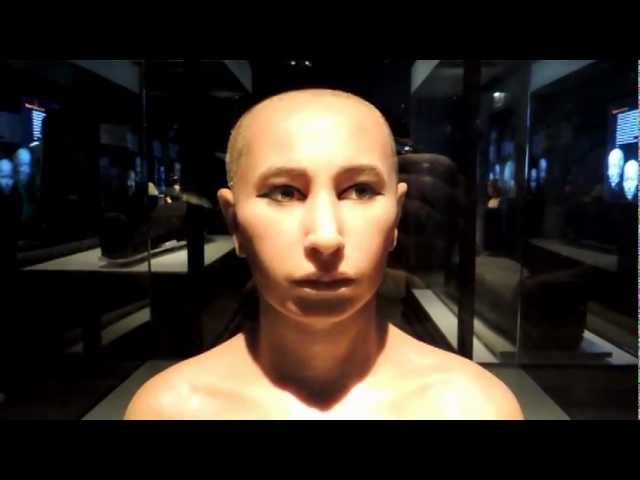The Metropolitan Museum of Art in New York City is home to an impressive collection of ancient Egyptian art. The museum’s extensive collection of artifacts is a testament to the sophistication and creativity of the ancient Egyptian civilization. From carved reliefs to mummies, the Met’s Egyptian collection offers visitors an in-depth look at the art and culture of one of the oldest civilizations in the world.
History of the Collection
The Metropolitan Museum of Art has been collecting ancient Egyptian artifacts since its founding in 1870. In 1902, the museum purchased a collection of over 10,000 objects from the Egyptian Exploration Fund. This purchase included important sculptures, reliefs, and other artifacts from the Middle and New Kingdoms of Egypt. Since then, the museum has continued to acquire and exhibit new pieces, with the collection now totaling over 26,000 artifacts.
Highlights of the Collection
The Met’s Egyptian collection is divided into several categories, including:
- Sculptures and Reliefs
- Vases and Vessels
- Jewelry and Amulets
- Mummies and Coffins
- Textiles
- Furniture and Objects of Daily Life
Sculptures and Reliefs
The Met’s collection of sculptures and reliefs includes many masterpieces from the Old, Middle, and New Kingdoms of Egypt. Highlights include the colossal statue of Ramesses II, the granite head of Amenhotep III, and the limestone relief of Horemheb. These pieces are a testament to the skill and artistry of ancient Egyptian sculptors.
Vases and Vessels
The Met’s collection of vases and vessels includes a wide range of materials, from alabaster to faience. These vessels served both practical and decorative purposes, and many of them are decorated with intricate patterns and motifs. Highlights of the collection include a faience vase of Amenhotep III and a black granite vase of Ramesses II.
Jewelry and Amulets
The Met’s collection of jewelry and amulets includes many fine examples from the Middle and New Kingdoms of Egypt. These pieces are often made from precious metals such as gold, silver, and bronze, and are decorated with colorful stones and intricate designs. Highlights of the collection include a gold necklace of Tutankhamun and a gold pectoral of Amenhotep III.
Mummies and Coffins
The Met’s collection of mummies and coffins is one of the largest and most comprehensive in the world. The collection includes mummies from the Middle and New Kingdoms, as well as many of their associated coffins. Highlights of the collection include a mummy of a young girl and a gilded coffin of a priest.
Textiles
The Met’s collection of textiles includes a wide range of materials, from linen to wool. These pieces often feature intricate patterns and motifs, and many of them are decorated with colorful dyes and threads. Highlights of the collection include a linen shawl from the New Kingdom and a wool tunic from the Middle Kingdom.
Furniture and Objects of Daily Life
The Met’s collection of furniture and objects of daily life includes many fine examples from the Old, Middle, and New Kingdoms of Egypt. These pieces often feature intricate carvings and decorations, and many of them are made from precious materials such as gold and silver. Highlights of the collection include a wooden bed from the New Kingdom and a silver chest from the Middle Kingdom.
The Metropolitan Museum of Art’s impressive collection of ancient Egyptian art is a testament to the sophistication and creativity of one of the oldest civilizations in the world. From carved reliefs to mummies, the Met’s Egyptian collection offers visitors an in-depth look at the art and culture of this ancient culture.


